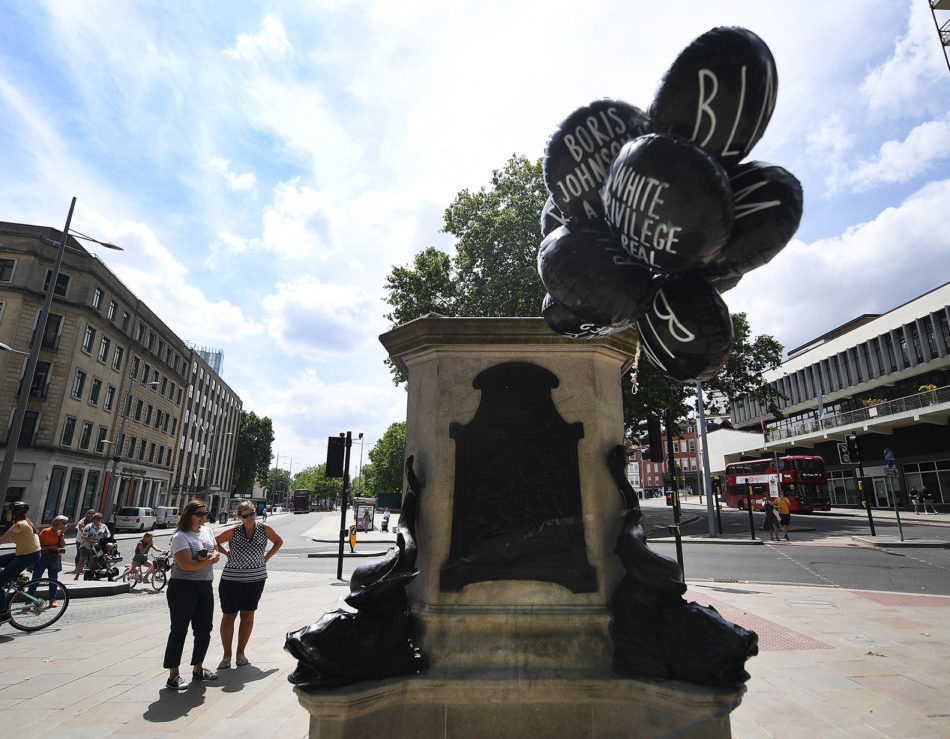Written by:
This blog is part of our our new online series: What’s Vital Now?
by Grace Crannis
The built environment has tremendous power to shape the experiences of people as individuals, as neighbourhoods, as families and as communities. Architecture is not passive: it holds meaning and weight, it shapes how we live, how we travel, how we work. It is always necessary to be aware of, and to question, who is building [developing/designing] something, who they are building it for, and how the decisions that have bought it to fruition have been made.
The Covid-19 crisis, far more likely to disproportionately affect BAME people in the UK, has highlighted the spatial inequalities that are also more likely to be borne by these communities. The ongoing discussion about the statues commemorating traders of enslaved people, brought to the mainstream by the Black Lives Matter movement, is symbolic of the inequality of experience and narrative of exclusion that exist in our public spaces, by which white people in positions of privilege are indirectly affected.

It is vital that as white people working in the built environment and related industries, we actively consider our own position, recognise the privileges we hold which got us here, acknowledge our mistakes, and importantly, our role moving forward as active agents of change to address systemic inequality. That we listen to and support our BIPOC colleagues across the industry who have been so generous with sharing their experiences, and then recognise that the problem is ours to fix.
We should ask why the architecture curriculum is so white, male, and exclusionary. Notice who isn’t in the room, why that might be the case, and what we can do to change this. We should all reflect on the power dynamics at play within decision making processes, on who is excluded from them, and on what our role is and its impact when working with communities.
It is vital that we take action towards driving change, be that by educating ourselves and others on these issues; asking difficult questions; committing time, money or resources where possible to support projects and campaigns which aim to address inequality; or in other proactive ways. We must hold each other to account without leaving the burden to fall on BIPOC friends and colleagues, knowing that we will not face the same repercussions for having done so.
Some resources to read and watch:
100 Day Studio: Black Females in Architecture – ‘Decolonising Architecture’
Neba Sere and Umi Baden-Powell of Black Females in Architecture lead a discussion on the importance of decolonising the architecture curriculum.
‘Race’ and Space, The Bartlett, UCL Faculty of the Built Environment, January 2020
Covid-19 & Biological inequality, The Centric Lab preliminary study, 2020
Citylab: ‘Safe Streets’ Are Not Safe for Black Lives by Destiny Thomas, 8 June 2020


